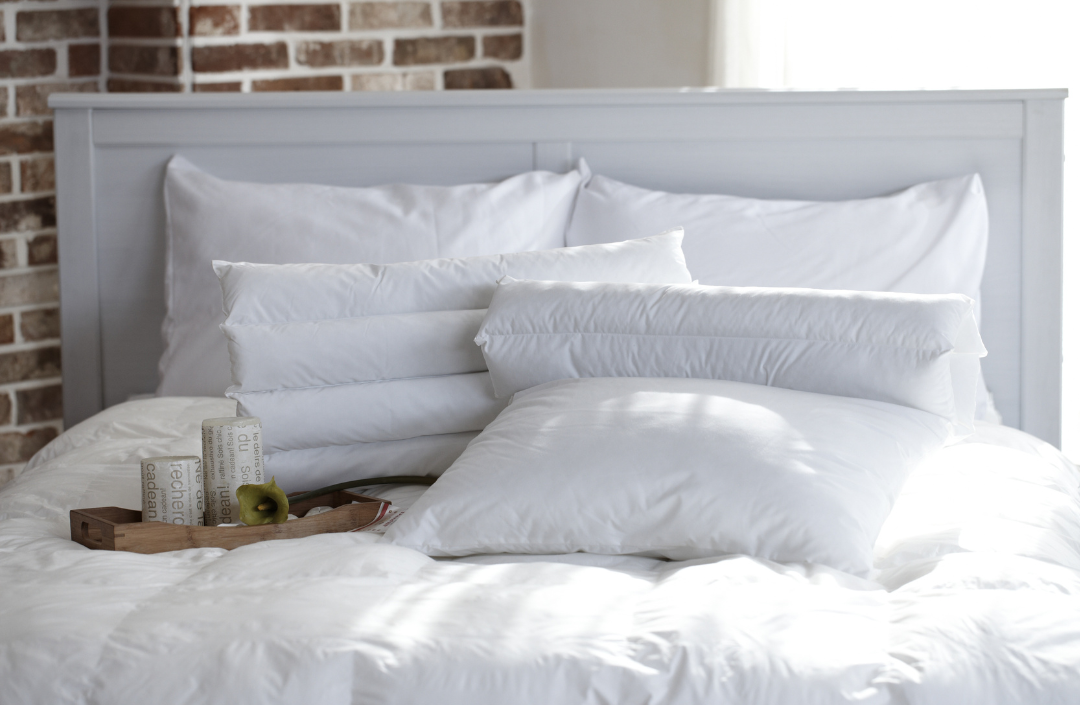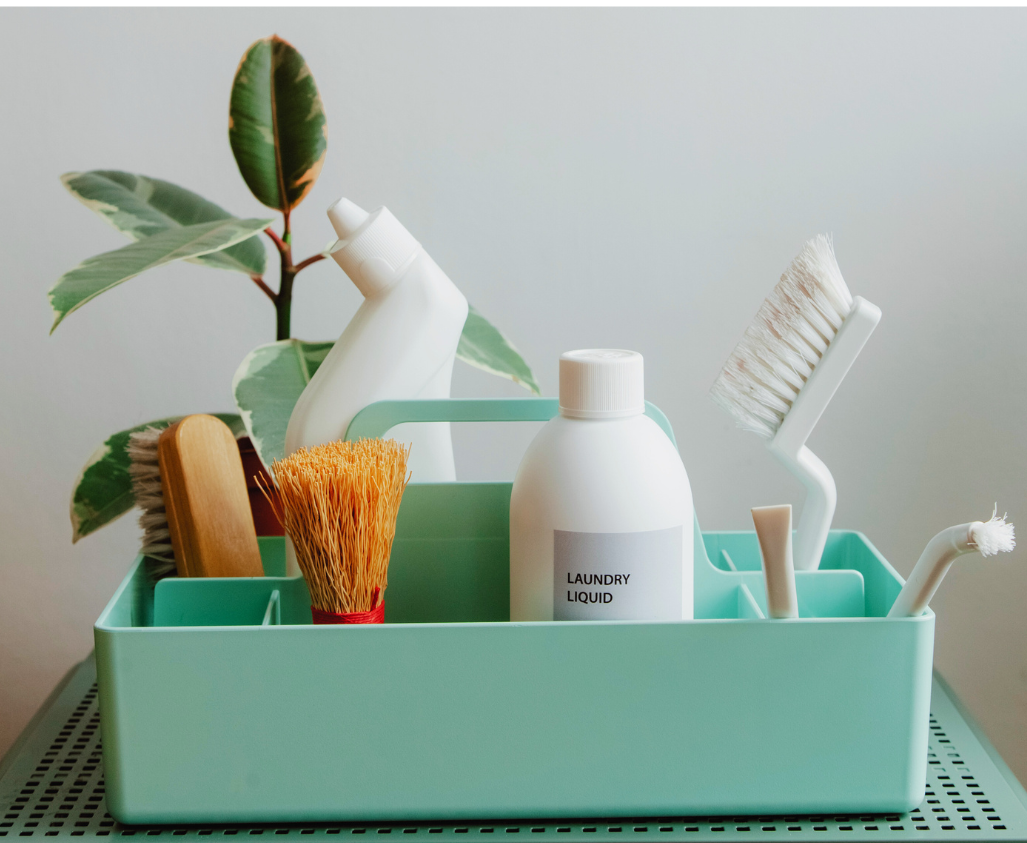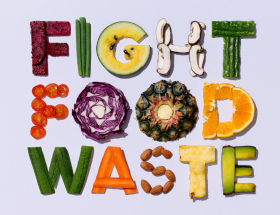It’s been a couple of weeks since I posted last, but I’m still here!
Today I’m finally addressing the yellow on my white pillow cases, that has been building up for at least 4 years now. I don’t know what it is about pillows and pillow cases that seems like no matter how often you wash them, build up is inevitable.
There are a lot of different methods to whiten pillow cases and sheets, and if you’ve read my post on cleaning wooden utensils, you’ll know that I like to experiment with different ways to do things.
I only have 2 pillow cases to do so I narrowed it down to 2 methods to try with you today.
I want to note that in my experiment, I did not wash these two pillow cases together, as I didn’t want to mix the vinegar in method one with the hydrogen peroxide in method two.
Method One: Baking Soda and Dish Soap.
Supplies:
- Something heat safe to soak your pillow cases in, a dish pan, bucket, or bowl.
- A Wooden Spoon
- 4 cups of Hot Water, plus more to cover the pillow cases.
- 1/4 cup Baking Soda (Per pillow Case).
- 1/8 cup Dish Soap (Per Pillow Case).
- 1-2 cups White Vinegar
- Your Washing Machine and Regular Detergent.

How to:
- In a heat safe container, add 4 cups of hot water, the baking soda, and the dish soap. Lightly stir together.
- Submerge your pillow cases in the mixture, and add in more hot water until completely covered. You may need to place something heavy on top, like plate, to weigh down the pillow case so that it is completely covered with water.
- Set aside and let soak overnight.

- The next morning, rinse out the pillow cases with cool water. Wash using a small amount (depending on how many you are washing) of your regular laundry detergent and 1-2 cups of white vinegar. I washed with warm water and a cold water rinse.
- Dry outside in the sun, if possible.
Method Two: Hydrogen Peroxide and Washing Soda.
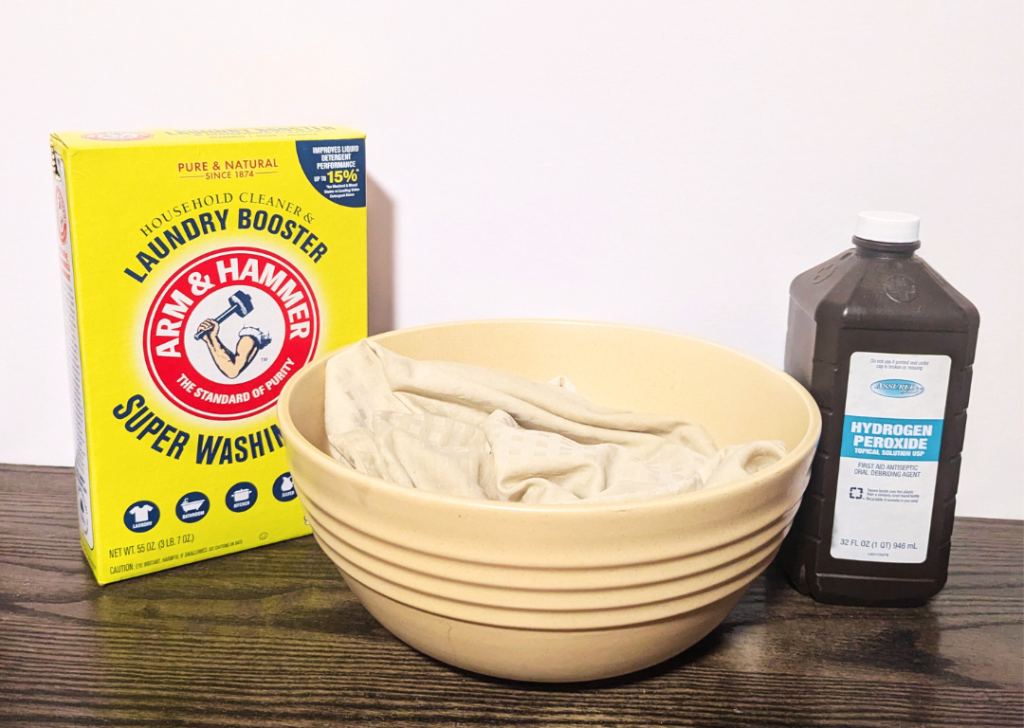
Supplies:
- Something heat safe to soak your pillow cases in, a dish pan, bucket, or bowl.
- A Wooden Spoon
- 4 cups of Hot Water, plus more to cover the pillow cases.
- 1/2 cup Washing Soda (Per Pillow Case).
- 1/2 cup Hydrogen Peroxide (Per Pillow Case).
- Your Washing Machine and regular Laundry Detergent.
How to:
- In a heat safe container add in 4 cups of hot water, the washing soda and peroxide. Stir lightly with the wooden spoon.
- Submerge your pillow cases in the mixture, and add in more hot water until completely covered. You may need to place something heavy on top, like plate, to weigh down the pillow case so that it is completely covered with water.
- Set aside and let it soak overnight.

- The next morning, rinse out the pillow cases with cool water. Wash using a small amount (depending on how many you are washing) of your regular laundry detergent.* I washed with warm water and a cold water rinse.
- Dry outside in the sun, if possible.
*I do not recommend adding vinegar to this wash! Although you are rinsing your pillow cases, hydrogen peroxide and vinegar mixed creates peracetic acid, which can be toxic.

Method one on left & Method two on right.
The Results:
Both methods turned out really well, however, method two seemed to have done a slightly better job, although it is hard to tell until both pillow cases are side by side.

Over all I am extremely happy with the results and would use either method again. They were both really easy to do and I already had all of the ingredients on hand, but if I didn’t, it would be inexpensive to buy them.
How to Avoid Yellow Pillow Cases in the Future:
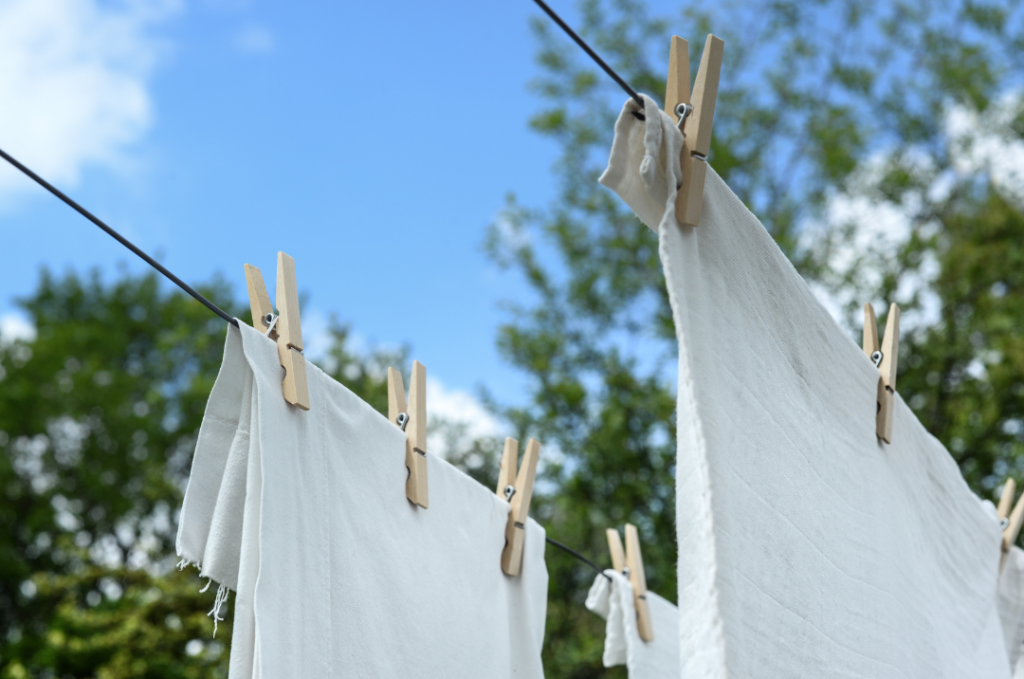
Yellowing can be caused by wet hair, sweat, oils, or beauty products building up on your pillow cases throughout the night.
- Shower before bed. Making sure you have a clean head can significantly reduce the amount of oil build up on your pillow cases that can cause the yellowing.
- Make sure your hair is dry. Since moister in general can cause your pillow cases to yellow, making sure your hair is dry and clean, will help to prevent that.
- Avoid getting beauty products on them. Using a night cap or bonnet is not only healthy for your hair but can keep any products you use off of your pillow.1 Also allow any lotions or creams to dry before going to bed.
- Wash them regularly. Sheets and pillow cases should be changed out at least every two weeks, more if you have oily skin or sweat a lot at night.2
- Add some washing soda when you wash them, and wash in hot water. About 1/2 cup per load ought to do it!
- Don’t use too much laundry detergent. Using too much detergent can cause build up and residue, which can trap dirt inside your laundry, and make them stiff.3
Print the Instructions for Later Use!
Two Methods to Whiten Pillow Cases
Equipment
- Heat safe container to soak the pillow cases in -see notes
- Wooden spoon
- Washing Machine
Materials
Method One: Baking Soda and Dish Soap.
- Pillow Cases You Want to Whiten
- 4 cups Hot Water -plus more to cover the pillow cases
- ¼ cup Baking Soda -per pillow case
- ⅛ cup Dish Soap -per pillow case
- 1-2 cups White Vinegar
- Laundry Detergent
Method Two: Hydrogen Peroxide and Washing Soda.
- 4 cups Hot Water – plus more to cover the pillow cases
- ½ cup Washing Soda – per pillow case
- ½ cup Hydrogen Peroxide – per pillow case
- Laundry Detergent
Instructions
Method One: Baking Soda and Dish Soap.
- In a heat safe container, add 4 cups of hot water, the baking soda, and the dish soap. Lightly stir together.
- Submerge your pillow cases in the mixture, and add in more hot water until completely covered. You may need to place something heavy on top, like plate, to weigh down the pillow case so that it is completely covered with water.
- Set aside and let soak overnight.
- The next morning, rinse out the pillow cases with cool water.
- Wash using a small amount (depending on how many you are washing) of your regular laundry detergent and 1-2 cups of white vinegar.
- Dry outside in the sun, if possible.
Method Two: Hydrogen Peroxide and Washing Soda.
- In a heat safe container add in 4 cups of hot water, the washing soda and peroxide. Stir lightly with the wooden spoon.
- Submerge your pillow cases in the mixture, and add in more hot water until completely covered. You may need to place something heavy on top, like plate, to weigh down the pillow case so that it is completely covered with water.
- Set aside and let it soak overnight.
- The next morning, rinse out the pillow cases with cool water.
- Wash using a small amount (depending on how many you are washing) of your regular laundry detergent.*
- Dry outside in the sun, if possible.
Notes
- Shower before bed.
- Make sure your hair is dry.
- Avoid getting beauty products on them.
- Wash them regularly.
- Add some washing soda when you wash them, and wash in hot water. About 1/2 cup per load ought to do it!
- Don’t use too much laundry detergent.

Who knew it was so easy and simple to whiten pillow cases? Thank you for joining me and learning how to clean something in a new way!
I hope you give one of these two methods a try, and share your results below!
References:
- 4 Reasons Why You Should Sleep With Your Hair in a Bonnet | saatva.com ↩︎
- How Often You Should Wash Your Sheets| clevelandclinic.org ↩︎
- Stop Using So Much Laundry Detergent | nytimes.com ↩︎

